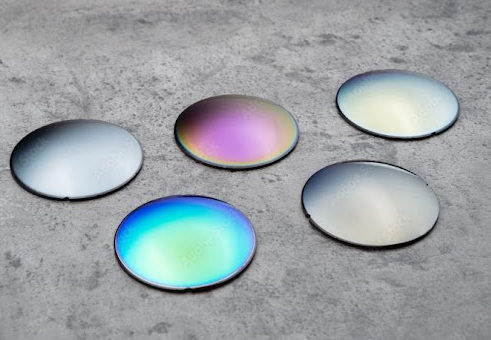
OPTICAL COATINGS
Optical coatings are composed of a combination of thin film layers that create interference effects used to enhance transmission or reflection properties within an optical system. The performance of an optical coating is dependent upon the number of layers, the thickness of the individual layers and the refractive index difference at the layer interfaces. The most common types of coatings used on precision optics are: Anti-Reflection (AR) (HEA) Coatings, High Reflective (Mirror) Coatings, Beam splitter Coatings, and Filter Coatings. Anti-reflection coatings are applied to optical elements to maximize throughput and reduce ghosting. High Reflective coatings are designed to maximize reflectance at either a single wavelength or across a broad range of wavelengths. Beam splitter coatings are used to divide incident light into known transmitted and reflected light outputs. Filters are found in a large number of industry applications and are used to transmit, reflect, absorb, or attenuate light at specific wavelengths. Sterling Precision Optics, Inc. offers a variety of Custom Coatings to meet any application need. Optical Coatings are designed for a specific incident angle of light and for a specific polarization of light such as S-polarized, P-polarized, or random polarization. If a coating is designed for light at a 0° angle of incidence, but is used with light at a 45° angle of incidence, the coating will not perform at the stated transmission/reflection specifications. Similarly, coatings are generally designed for randomly polarized light so using S-polarized or P-polarized light with a coating designed for randomly polarized light will again fail to produce the stated specifications.
Coatings control the reflection and transmission of light through the mechanism of optical interference. When two beams propagate along coincident paths and their phases match, the spatial location of the wave peaks also match and will combine to create a larger total amplitude. When the beams are out of phase (180° shift), their overlay will result in a subtractive effect at all the peaks causing the combined amplitude to decrease. These effects are known as constructive and destructive
An optical coating is one or more thin layers of material deposited on an optical component such as a lens or mirror, which alters the way in which the optic reflects and transmits light. One type of optical coating is an antireflection coating, which reduces unwanted reflections from surfaces, and is commonly used on spectacle and photographic lenses. Another type is the high-reflector coating which can be used to produce mirrors which reflect greater than 99.99% of the light which falls on them. More complex optical coatings exhibit high reflection over some range of wavelengths, and anti-reflection over another range, allowing the production of dichroic thin-film optical filters
|
Front Surface Mirror Coatings |
From the deep ultraviolet to the long wave infrared, Sterling provides mirror coatings offering an exceptional combination of performance, lifetime and durability. In particular, we specialize in the production of front surface mirrors. This includes coatings for single wavelengths, as well as coatings with broadband operation. Our extensive array of metrology instrumentation enables us to measure and verify virtually all aspects of mirror performance, including reflectance, polarization characteristics, surface figure and surface roughness. Sterling uses a variety of substrates in the production of front surface mirrors: BK7, Pyrex, Borofloat, Plate Glass, and Fused Silica. |
|
Front Surface Mirror Substrates |
|
|
Anti-reflection Coating |
Sterling offers a variety of antireflection coatings to meet a wide range of needs in terms of performance, durability, stability and cost. We specialize in the following coatings: AR (Standard Anti-Reflection <2% reflectivity) HEA (High Efficiency Anti- Reflection 0.05% reflectivity), BBAR (multi-wavelength response, broadband coverage or high angle of incidence operation). Other Anti-reflection coatings can be designed upon customer request. Sterling can coat numerous types of substrates: Optical Glass, BK7, Pyrex, Borofloat, Plate Glass, and Fused Silica. |
|
Anti-reflection Coating Substrates |
|
|
Filter Coating |
Antireflection (AR) Coatings are used to reduce reflection. Sterling can offer a wide range of wavelength selective coatings for the ultraviolet, visible and infrared filters. We also provide: bandpass filters, long wave and short wave pass filters, notch filters and dichroics. The wide range of coating options offers our customers the best quality for the best price. |

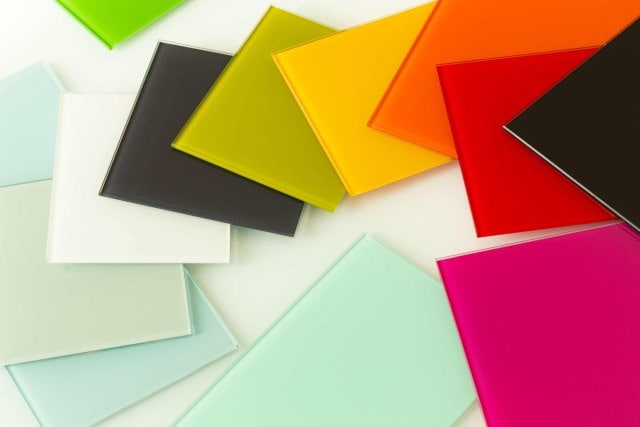 CUSTOM OPTICAL FILTERS
CUSTOM OPTICAL FILTERS
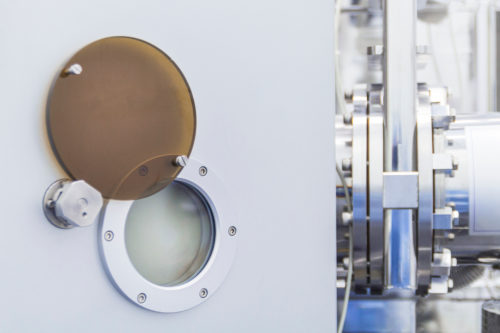 OPTICAL WINDOWS
OPTICAL WINDOWS
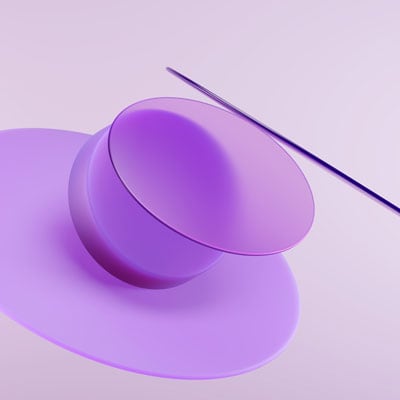 UV OPTICS
UV OPTICS
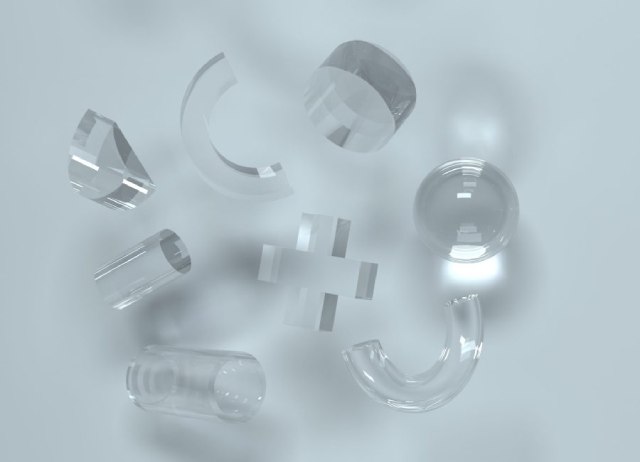 CYLINDRICAL OPTICS
CYLINDRICAL OPTICS
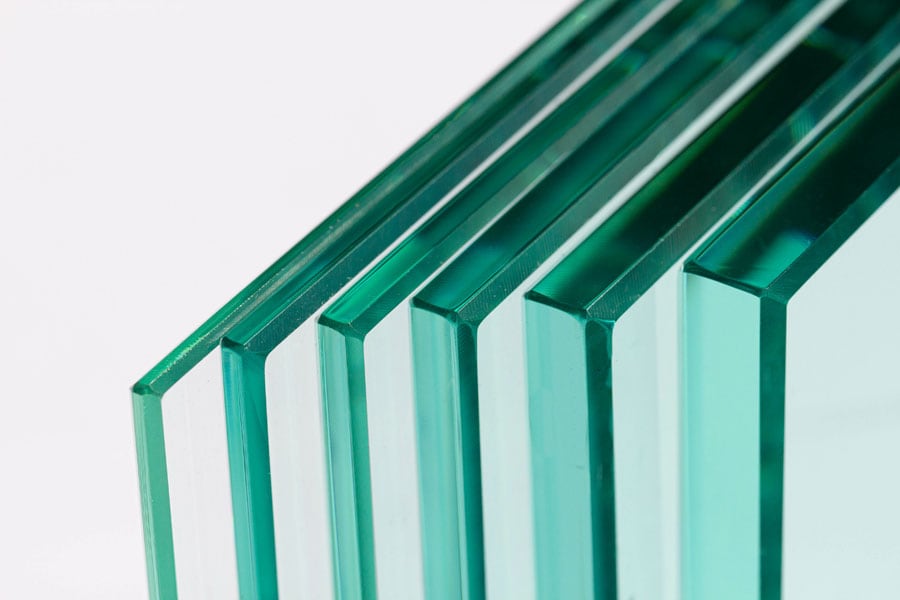 CUSTOM TEMPERED OPTICS
CUSTOM TEMPERED OPTICS
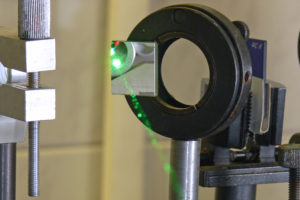 OPTICAL MIRRORS
OPTICAL MIRRORS
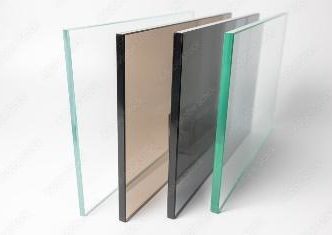 NEUTRAL DENSITY
NEUTRAL DENSITY
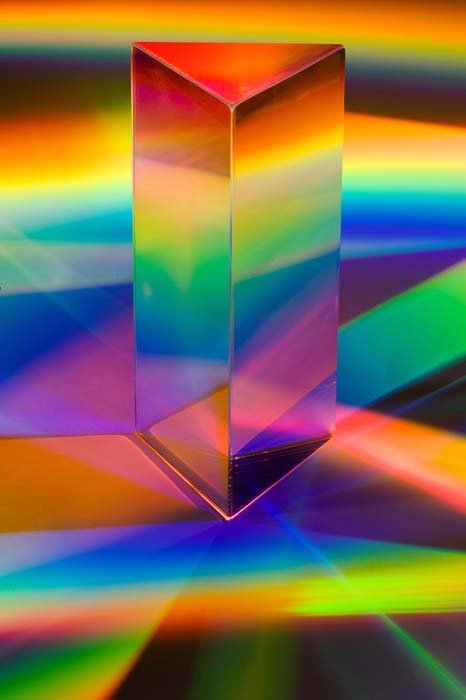 PRISMS & RETROREFLECTORS
PRISMS & RETROREFLECTORS
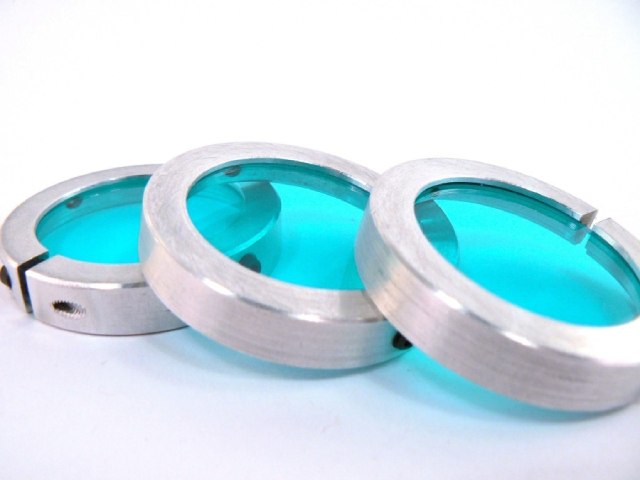 ASSEMBLIES
ASSEMBLIES
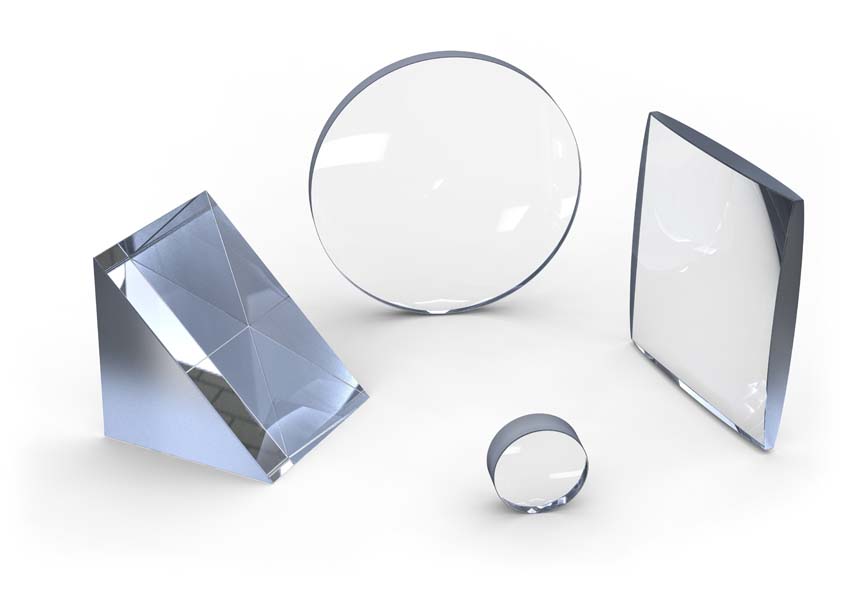 OPTICAL LENSES
OPTICAL LENSES
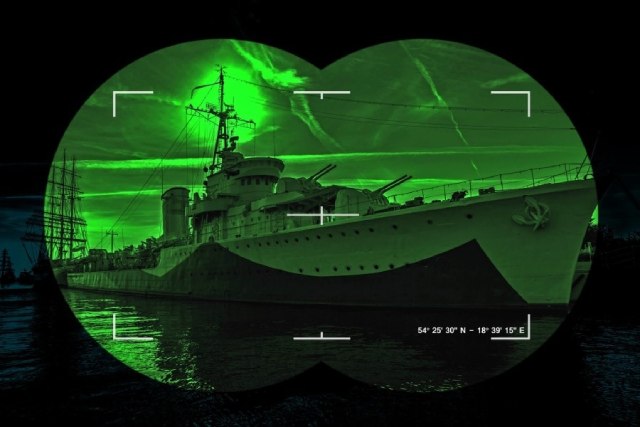 NIGHT VISION FILTERS
NIGHT VISION FILTERS
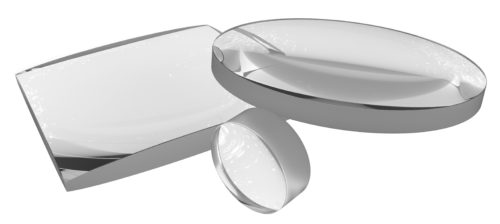 ACHROMATIC LENSES
ACHROMATIC LENSES
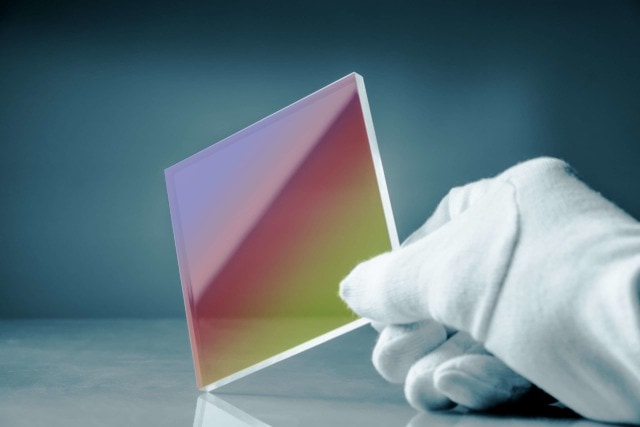 OPTICAL BEAM SPLITTERS
OPTICAL BEAM SPLITTERS